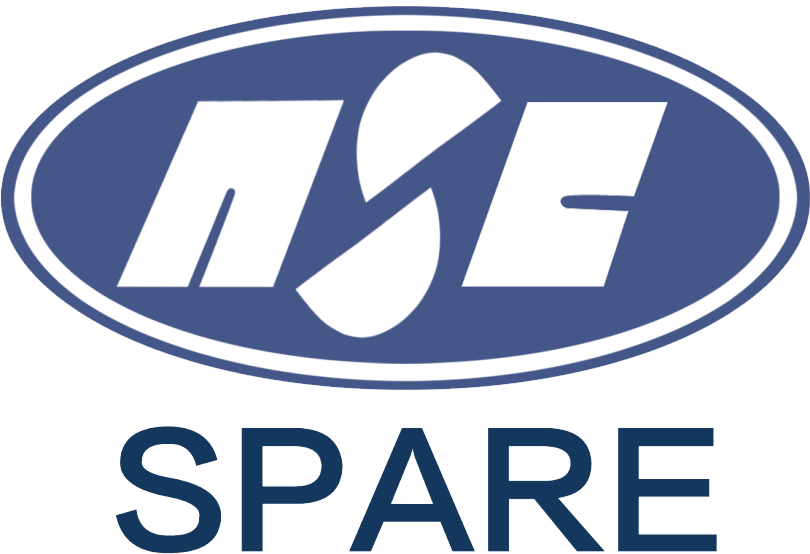Optimizing Concrete Forms through Pultruded FRP forms
Concrete forms are a critical component in concrete construction. Whether pouring a sidewalk, building a foundation, or structural walls and columns, forms provide the mold into which concrete is poured and cured. Proper form design and material selection are essential for efficient, safe, and aesthetically pleasing concrete structures. Using Pultruded FRP forms assure the form profile remains the same for its entire length. For the benefit of handling and assembly, Pultruded FRP forms can be made larger and longer due to their reduction in weight and in increase in durability.
Forms serve two primary functions. They provide the shape and dimensions for the concrete as it cures while also providing structural support to hold the liquid concrete in place until it hardens. Forms must withstand significant pressure from the poured concrete without bulging or collapsing. They must also be made of non-reactive material so they can be removed after the concrete has cured without damaging the surface. This article explores the key considerations around concrete form design, materials, and construction.

Forms must be designed to withstand the significant lateral pressure exerted by fluid concrete as it is poured, as well as the weight of the concrete itself. The pressure exerted can range from 150 to 1500 pounds per square foot depending on the rate of pour and depth of the form. Engineers generally use the perimeter of the form and the depth of the concrete pour to calculate the total force load. Then, they design or specify a form system capable of resisting this load without deformation. Steel and thick plywood forms can withstand high pour pressures, while aluminum and thinner composite materials may be better for smaller vertical loads.
Certain forms are engineered for repeated cycles of pour and strip. The more pores a form can withstand, the cheaper it is per use. Steel and fiberglass forms with non-reactive coatings are the most durable over dozens of cycles. Wood forms may only withstand a single use before showing wear and tear. Increasingly, plastic modular forms are manufactured specifically for reuse while still being lightweight and tool-less to assemble.
With low maintenance costs, quick assembly, and longevity, combining the best attributes of steel, aluminum, and plywood forms, FRP represents an emerging sustainable solution for delivering quality concrete structures. Engineers should consider FRP’s advantages for both flatwork and walls/columns where strength, finish, speed, and reduced labor take priority.









